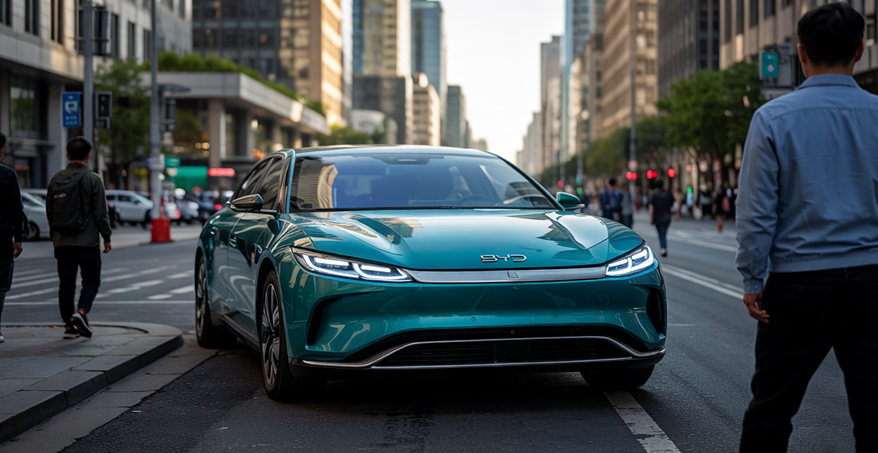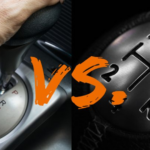Are Chinese electric vehicles set to dominate the American automotive landscape? Discover how bold innovation, attractive pricing, and futuristic technology from brands like BYD, NIO, and Xpeng are reshaping consumer choices and driving new competition in the U.S.
The U.S. automotive industry is on the brink of transformation, powered by the electrifying surge of Chinese electric vehicles (EVs). Brands like BYD, NIO, Xpeng, and Geely—already prominent forces globally—are strategically targeting American consumers with advanced technology, compelling performance, and, crucially, highly competitive pricing. Their arrival not only sparks excitement among EV enthusiasts but also sends a strong message to established automakers: the game is changing rapidly, and complacency is no longer an option.
In this detailed overview, we explore how these groundbreaking vehicles from China are positioned to disrupt the U.S. market and why American consumers may soon find Chinese EVs impossible to resist.
Chinese EV Makers: Technological Innovators or Low-Cost Competitors?
There’s a common misconception that Chinese electric vehicles are solely about affordability. While competitive pricing is a significant advantage, these vehicles are equally about technological leadership. Brands like NIO and Xpeng are redefining what consumers expect from EVs through cutting-edge innovations such as autonomous driving, battery-swapping technology, and ultra-fast charging.
-
BYD Atto 3: Priced around $33,000 to $38,000, this compact crossover boasts an impressive range of over 250 miles per charge, advanced driver-assistance systems (ADAS), and sleek interiors rivaling many premium European brands.
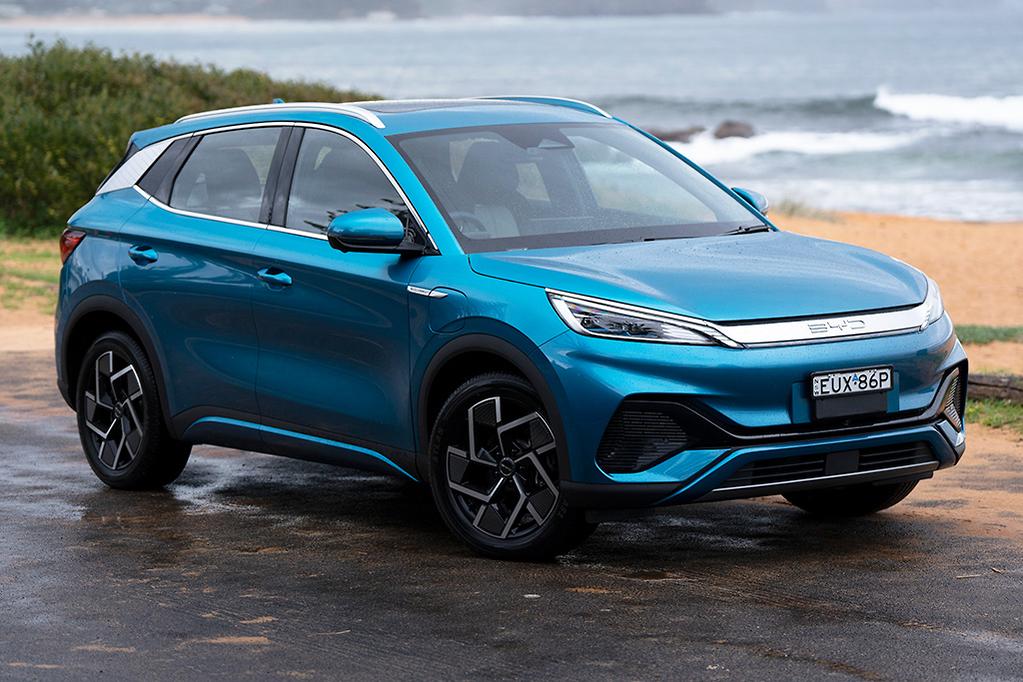
-
NIO ET5: Positioned as a direct competitor to the Tesla Model 3, with pricing expected around $45,000 to $55,000 upon its official U.S. launch. It offers state-of-the-art autonomous features, superior battery technology, and luxurious finishes that appeal to premium EV buyers.
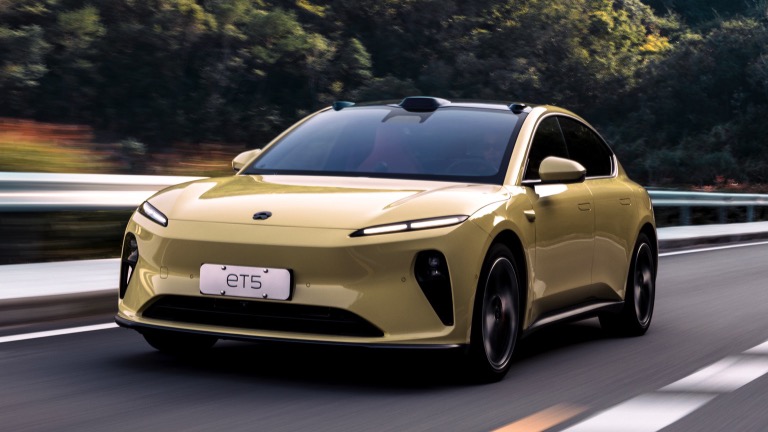
-
Xpeng P7: At approximately $40,000 to $50,000, it brings a sporty aesthetic combined with smart technology, including advanced autonomous driving capabilities, cloud-based services, and infotainment systems that rival Tesla.
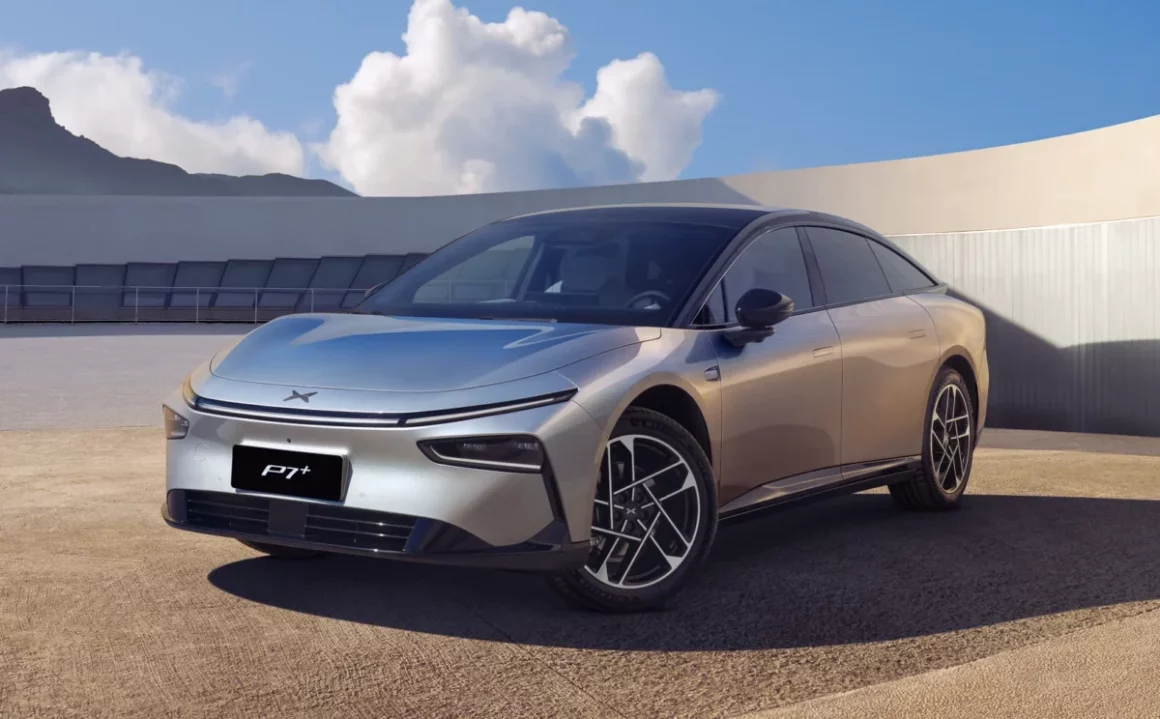
What Makes Chinese EVs So Attractive to American Consumers?
Competitive Pricing and Value for Money
Chinese manufacturers leverage efficient production processes, extensive battery supply chains, and substantial government-backed investments to achieve aggressive price points. This allows them to offer EVs at lower prices without compromising on quality or features—something American buyers are increasingly prioritizing.
Fast Innovation Cycles
Chinese EV companies operate with remarkable agility, frequently rolling out vehicle updates, software enhancements, and design improvements. Brands like Xpeng and NIO are particularly renowned for frequent over-the-air (OTA) updates, enhancing user experience continuously without additional cost to the consumer.
Battery and Charging Technology Leadership
China’s dominance in battery manufacturing (notably via CATL, the world’s largest EV battery maker) ensures that Chinese vehicles often have the latest battery innovations. Models like NIO’s ET7 and BYD’s Seal feature high-density battery packs capable of ultra-fast charging and improved safety profiles.
Overcoming Market Entry Challenges
Although poised for significant impact, Chinese EV makers face considerable challenges, particularly around tariffs and regulatory barriers. Current import tariffs on Chinese vehicles stand at 27.5% to 100%, significantly inflating the sticker prices. To mitigate these costs and improve competitiveness, several manufacturers are considering establishing assembly plants within the U.S.
-
BYD, the world’s largest EV manufacturer by sales volume, is actively exploring locations for production facilities in North America, potentially enabling models like the popular BYD Han sedan ($32,000–$40,000) to enter the market at more competitive prices.
-
Geely, owner of renowned brands like Volvo and Polestar, has established a robust U.S. presence by strategically leveraging these established subsidiaries. The Polestar 2 ($45,900–$63,000) already enjoys growing popularity among American consumers, paving the way for further Geely-produced EV models.
Impact on American Automakers: Opportunity or Threat?
Chinese EV entrants are both a wake-up call and an opportunity for the American automotive sector. Established automakers such as General Motors, Ford, and Tesla may feel increased pressure to accelerate innovation and reduce EV pricing. However, competition is also a potent catalyst for industry-wide improvement. Ultimately, the American consumer stands to benefit greatly from enhanced choices, improved technology, and potentially lower prices driven by fierce market competition.
Notable Chinese EVs Set to Enter or Expand in the U.S. Market:
| Vehicle | Type | Price Range (Est.) | Key Feature |
|---|---|---|---|
| BYD Atto 3 | Compact SUV | $33,000–$38,000 | Affordable, extensive range |
| NIO ET5 | Luxury Sedan | $45,000–$55,000 | Advanced autonomy, premium comfort |
| Xpeng P7 | Sport Sedan | $40,000–$50,000 | Cutting-edge tech, sporty performance |
| BYD Han | Sedan | $32,000–$40,000 | Competitive pricing, luxury feel |
| Polestar 2 | Luxury Compact Sedan | $45,900–$63,000 | Volvo heritage, sophisticated design |
Embracing the Chinese EV Revolution: What it Means for Buyers
For American buyers, the entry of Chinese EVs signals a future with more choices, better technology, and competitive pricing. These newcomers promise to make electric mobility accessible to a broader audience, not just early adopters or affluent buyers. The introduction of stylish, affordable, high-performance electric vehicles from China will likely accelerate America’s transition toward sustainable transportation.
